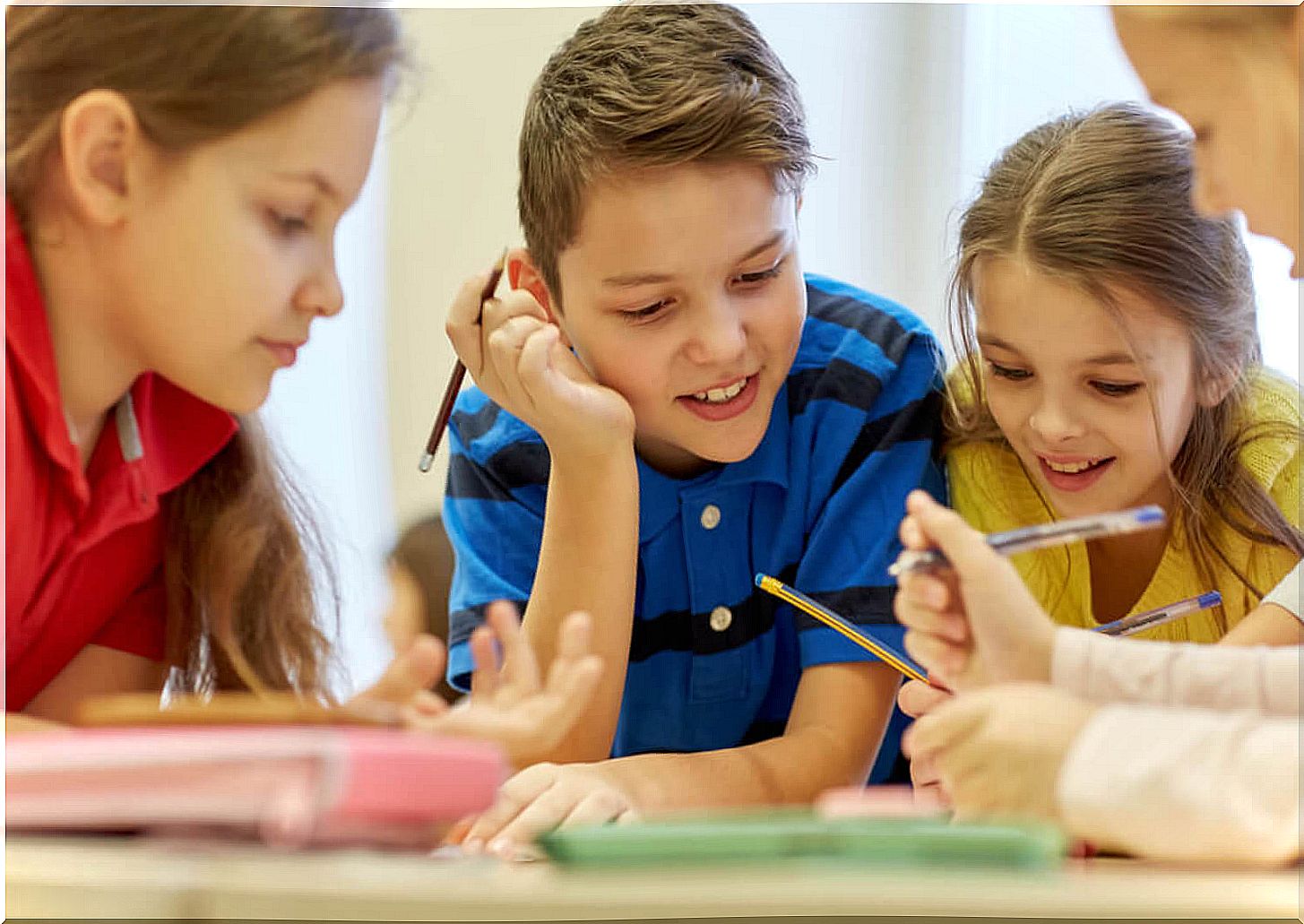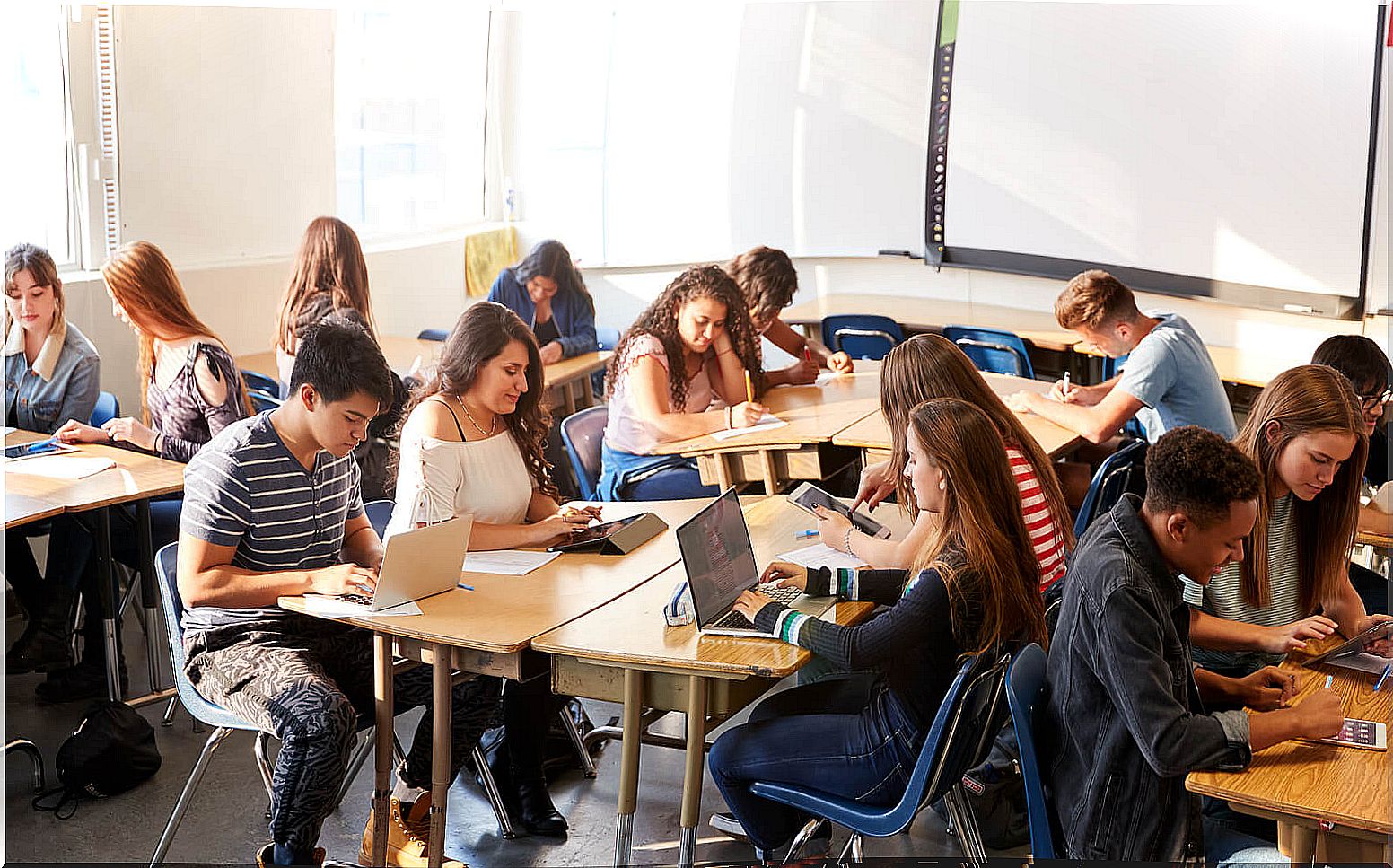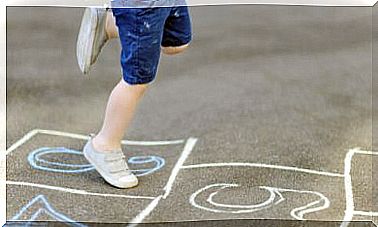Techniques For Forming Groups In The Classroom

Group work is a common strategy used by educators. And, although it may not seem relevant, knowing how to form groups in class can influence the educational results of students. With this, that teachers and professors know and put into practice different techniques to form groups in the classroom can help them achieve progress in the learning of their students.
How to form groups in the classroom?
Sometimes teachers and professors decide to carry out teaching activities that require dividing the class group into smaller groups.
A priori , the way in which the students form the groups does not seem to have much relevance. However, sometimes, the way in which the groups are formed can influence the results of the educational activity carried out within them. Or, in other words, the members that make up the subgroups must be one or the other, depending on the type and objectives of the activity to be carried out.

Therefore, it is interesting that a teacher knows how to form work groups in the classroom. To do this, you must have a series of techniques aimed at forming groups. Techniques that can be adapted to the particular characteristics of a class and used with groups of different ages and educational levels.
In addition, we must emphasize that the same process of group formation, through a specific technique, can be very motivating for the class and serve, then, as a strategy or as a way to “break the ice”, to introduce or prepare students to subsequent activity.
Techniques for forming groups in the classroom
Next, we are going to see some of the techniques to form groups in the classroom most used today.
Free grouping
As mentioned at the beginning, the most recurrent way of forming groups is to let the students do it voluntarily and freely. However, it is not always the best decision and the educator must know that the students will be grouped, almost always, in the same way.
In a class group with a certain trajectory, the students will come together according to their tastes, preferences and affinities. Therefore, opting for the free grouping technique will depend on the teaching objectives. Thus, free grouping can be a good option when the group is to be productive.
In these cases, it is better for students to choose among themselves, because they know each other better and they know how to distribute tasks to work more effectively. However, the free grouping technique would not be the best option if the teaching objectives are more complex.
Such as, for example, activities for the development of social skills and competencies, which require new interactions between group members, for which other techniques would be more appropriate to form groups with people who do not interact frequently.
Random grouping techniques
The objective of using this type of technique is to avoid the formation of groups voluntarily and freely and to achieve that new groups are formed and new relationships are stimulated among the students in the class. The most common techniques to form groups randomly are the following:
- Oxford Technique
This technique consists in that the members of the whole class are numbered. For example, I am 1, I am 2, I am 3. The numbering will depend on the number of groups that you want to form. That is, if the class is made up of 25 people and you want to form 5 groups of 5 people each, the numbering must be up to 5.
Thus, once the entire class has been numbered, all students 1 must join with 1, all students 2 with 2, and so on.
- Collage Technique
To form groups with this technique , sentences must be written on strips of paper that must then be divided. For which, the sentences must form a grammatical unit capable of being divided, such as, “Who gets up early … God helps him . ” And the number of sentences written will depend on the number of groups that are intended to form.
Subsequently, the strips of paper should be cut with scissors just in the correct part of the sentence. Then, the halves will be put in a well mixed bag for the students to take. Finally, each student, with his part of the sentence, will look for his other half and, consequently, for his corresponding pair or group.

Directed grouping techniques
These techniques are indicated when it is the teacher who decides who will be the members of each subgroup. In this sense, it is a technique used to carry out educational activities with very specific objectives. For example, when the purpose is to improve interaction, integration, cohesion and socialization in class, so it is more effective to form groups with specific members who have to improve or enhance their relationships.
- Sociometric technique to form groups in the classroom
Within the directed grouping techniques, the sociometric technique is one of the most used. It is a method whose purpose is to highlight the network of relationships that exist in a large group of people.
In addition, the sociometric technique uses a kind of graph, called a sociogram, whose function is to graphically represent these interpersonal relationships, and on the basis of considering people’s choices, both preference and rejection of the other members of the group. class group.
What is interesting about the sociometric technique is the information that it can provide, because it reveals a network of interpersonal relationships (of affinities, leadership, opposition, isolation) that the teacher can use, according to specific criteria, to make decisions regarding the formation of subgroups of students within the class.
In short, now that you know some of the techniques to form groups that are most used, we encourage you to put them into practice with your class group. You will love the results!










